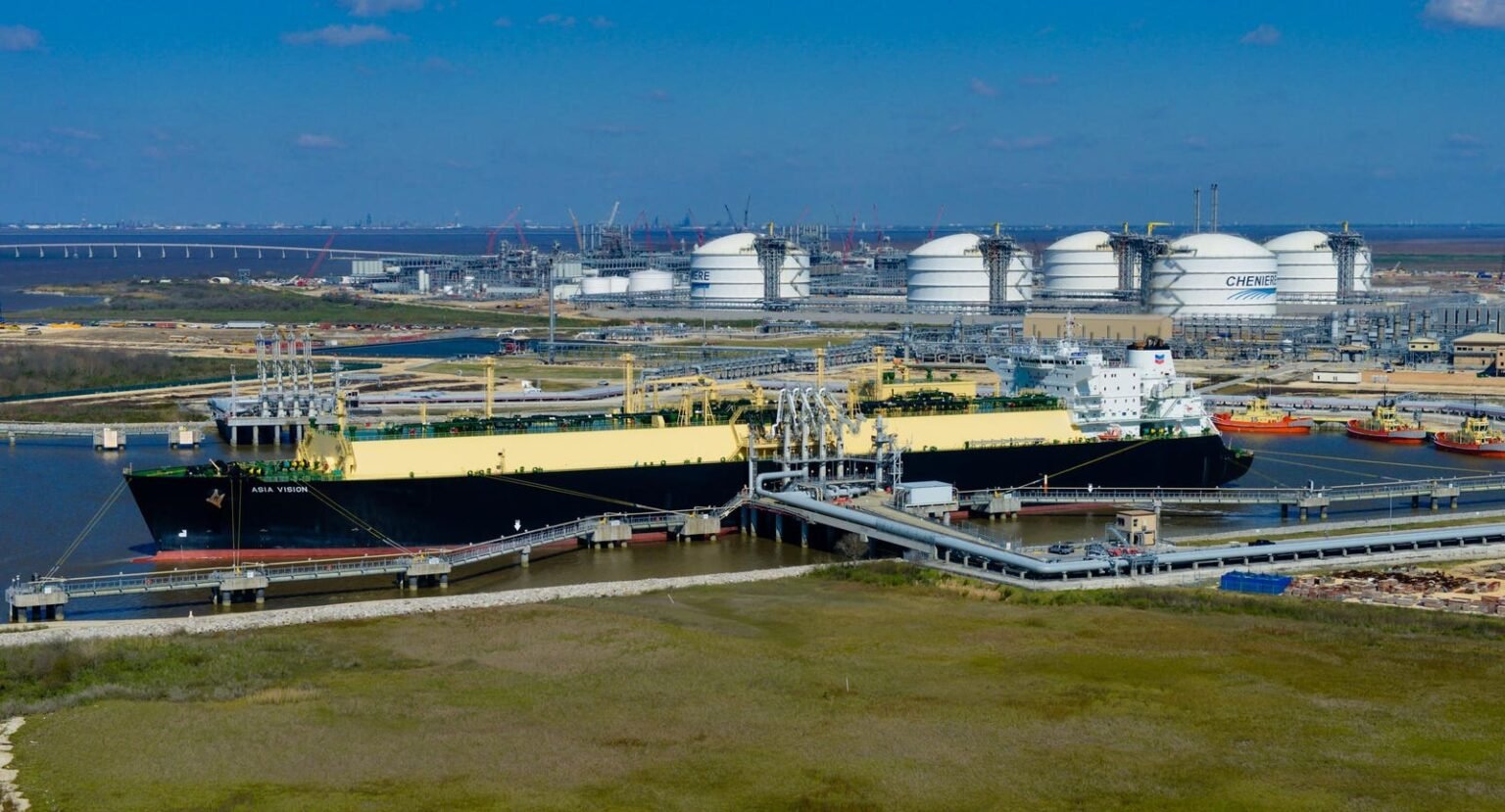The U.S. has emerged as the top global liquefied natural gas (LNG) exporter, surpassing market leaders Qatar and Australia. The Energy Information Administration (EIA) reported that the country’s LNG exports exceeded 11.5 billion cubic feet per day in 2023, with projections indicating further growth to reach 12.2 bcf/d in 2024 and 14.3 bcf/d in 2025. This significant shift in the LNG market has attracted attention from investors worldwide, as the U.S. leads the export market with an expected increase in capacity by 10 bcf/d by the end of 2027.
As the global demand for LNG continues to rise, led by Asia, the U.S. has become a center of investment opportunities in the LNG industry. Woodside Energy recently announced its acquisition of U.S. LNG developer Tellurian for $1.2 billion, highlighting the growing interest in U.S. LNG projects. Other international companies, such as Saudi Aramco and ADNOC, are also making investments in U.S. LNG facilities through supply deals and direct investment commitments. Japanese and European companies are also looking to strengthen their presence in the U.S. LNG market, further solidifying the country’s position as a key player in the industry.
The timing and location of the current investment boom in the U.S. LNG industry are influenced by stable market conditions and the country’s strategic advantage in shipping LNG to both Asia and Europe from its East and Gulf coastlines. The extensive pipeline network and availability of cheap natural gas in the U.S. provide arbitrage opportunities for companies to buy low in the U.S. and sell high in other markets. The U.S. LNG industry’s growth since Cheniere Energy’s first LNG export cargo in 2016 has been remarkable, with the country now holding the title of the world’s largest LNG exporter.
Despite the rapid growth and potential in the U.S. LNG industry, challenges such as overcapacity, project delays, and cost overruns remain. Not all proposed LNG projects may come to fruition, and progress will depend on various factors such as market conditions, funding, and project management efficiencies. However, the U.S. LNG industry has shown resilience and adaptability, with companies shifting from importation projects to exporting LNG due to the shale exploration boom and favorable market conditions.
The upcoming Gastech conference in Houston, Texas, is expected to showcase the excitement and potential in the U.S. LNG industry, with the event likely to attract further investments and partnerships. As the market continues to evolve, investors are keeping a close eye on opportunities in the U.S. LNG sector, banking on the industry’s innovative spirit and potential for growth in the global LNG market. With projections indicating continued expansion and demand for LNG, the U.S. is well-positioned to maintain its leadership in LNG exports and attract further investments in the years to come.

